It’s summer time now, and the calls of the Asian Koel to find a mate, can be heard through the day. It is breeding season for many birds. A visit to the mangroves and wetlands of Kharghar, Navi Mumbai, reveals a variety of birds in breeding plumage – Indian Pond Heron, Cattle Egret, Great Egret. The Clamorous Reed Warbler is given away by his territorial singing. Even elusive birds like the Striated Heron, Yellow Bittern and Cinnamon Bittern get active in summer and can be more easily spotted.

Recently my friend spotted four Woolly Necked Storks together at Sector 25, Kharghar wetlands. This a ‘Vulnerable’ species on the IUCN list. In the same place I spotted around fifty Lesser Whistling Ducks that visit only in May-June every year. They could be breeding in the reeds. There are also some migratory birds like the Brown Headed Gulls, Whiskered Terns, Pacific Golden Plovers, Lesser Sand Plovers who will leave to the colder temperate areas of the Arctic, Europe and North-Central Asia soon. And in a few months, other migratory birds will arrive. The yearly cycle will continue.
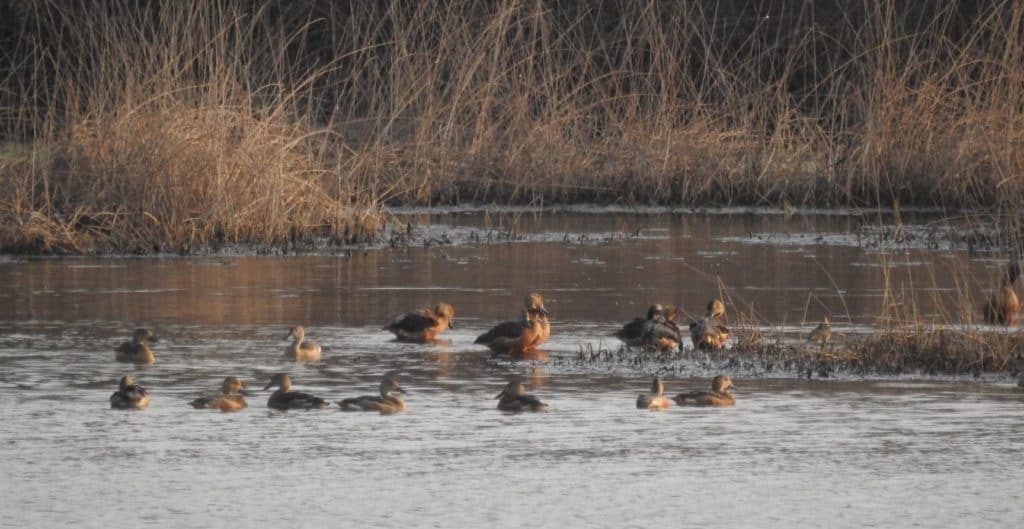

It is a good sign, that our wetlands are full of birds in all seasons, providing a safe habitat for birds to breed, nest and raise their chicks. This will continue to happen only if there is no destruction of the wetlands and mangroves, which are in the Coastal Regulation Zone (CRZ) area and protected by law.
Read more: The story of Taloja Hill: Determination can move mountains and grow forests
Kharghar is unique city having all kinds of habitat. It has grasslands, forests, hills, fresh water ponds on one side and mangroves, intertidal zone and marshy wetlands on the other side.
Jyoti Nadkarni, activist and resident of Kharghar
The biodiversity of Kharghar is constantly under threat. Illegal activities in the area are destroying the natural habitats of the animal life in the ecosystems. And we humans are solely responsible.
Wetlands of Kharghar – Fighting for survival
Threats to the coastal wetlands and mangroves: Illegal prawn farming in the CRZ area, reclamation of wetlands, constant dumping of construction debris
Threats to the freshwater wetlands: diversion of streams, concretisation of streams, water withdrawal by tankers
Threats to the grasslands (empty lands in between urban sectors): burning of grass, dumping of construction debris, turning it into a cricket ground, proposed infrastructural complexes like BKC 2
Threats to the hills: illegal quarrying, burning of hill slopes by miscreants, cutting of forest trees by villagers, hunting of birds and animals by the villagers
Here are some images related to the threats to the ecosystems at Kharghar.
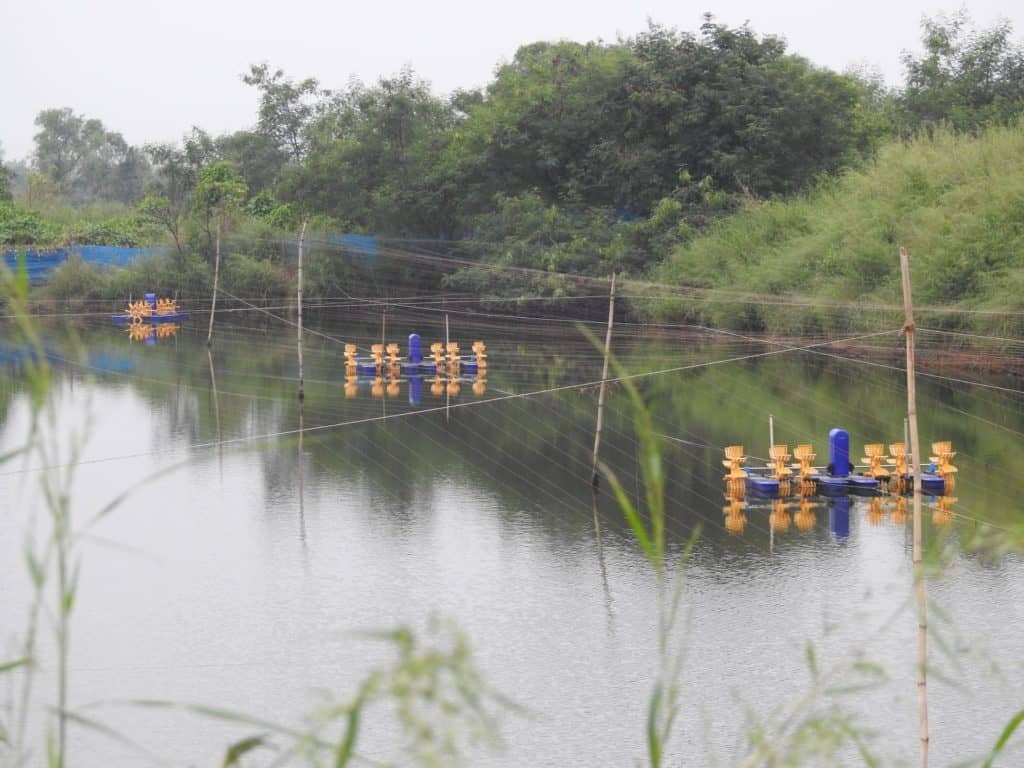
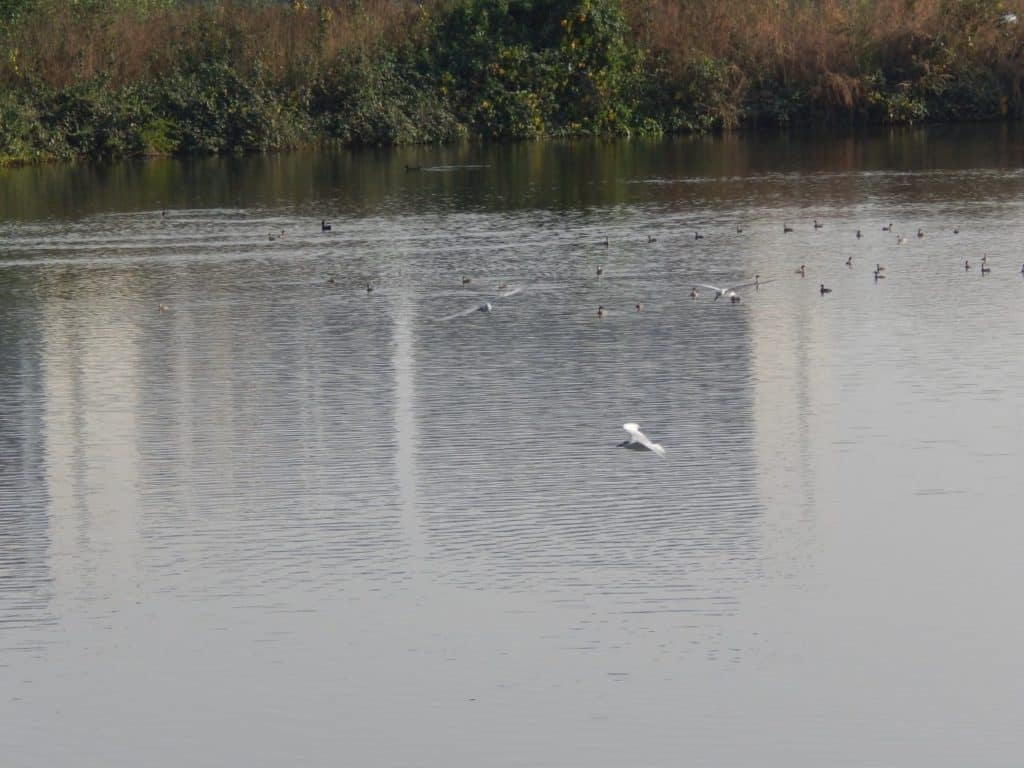




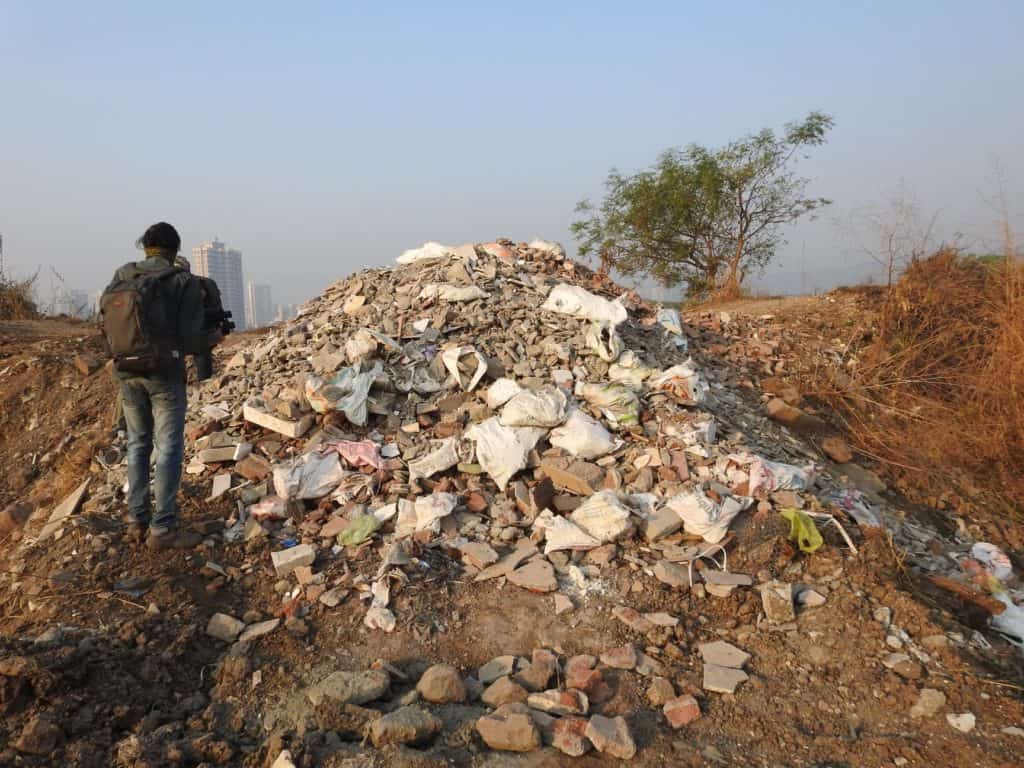

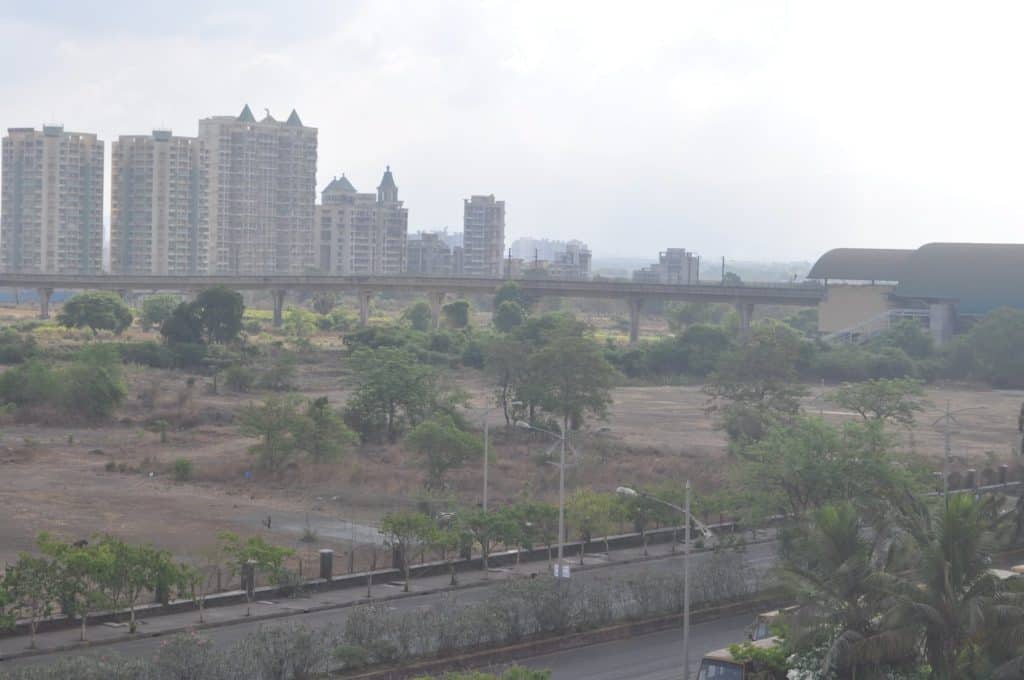
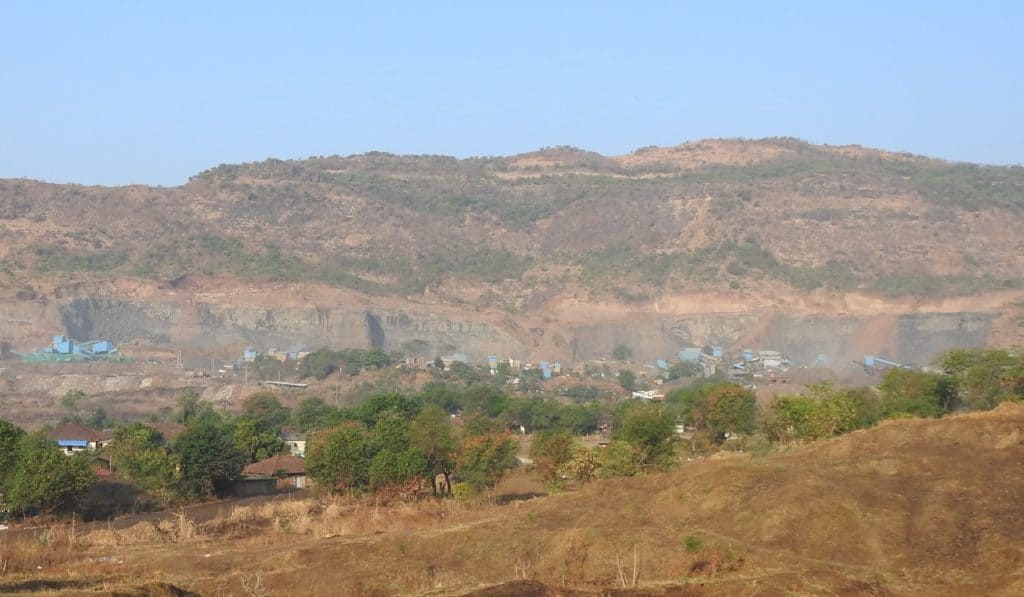
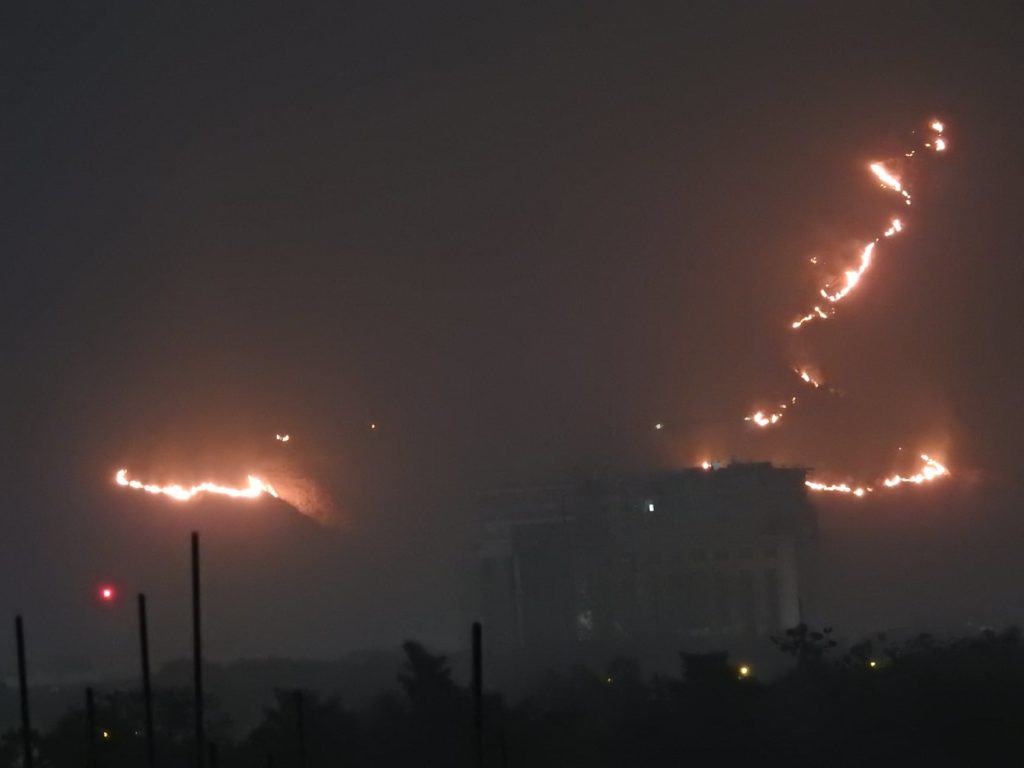
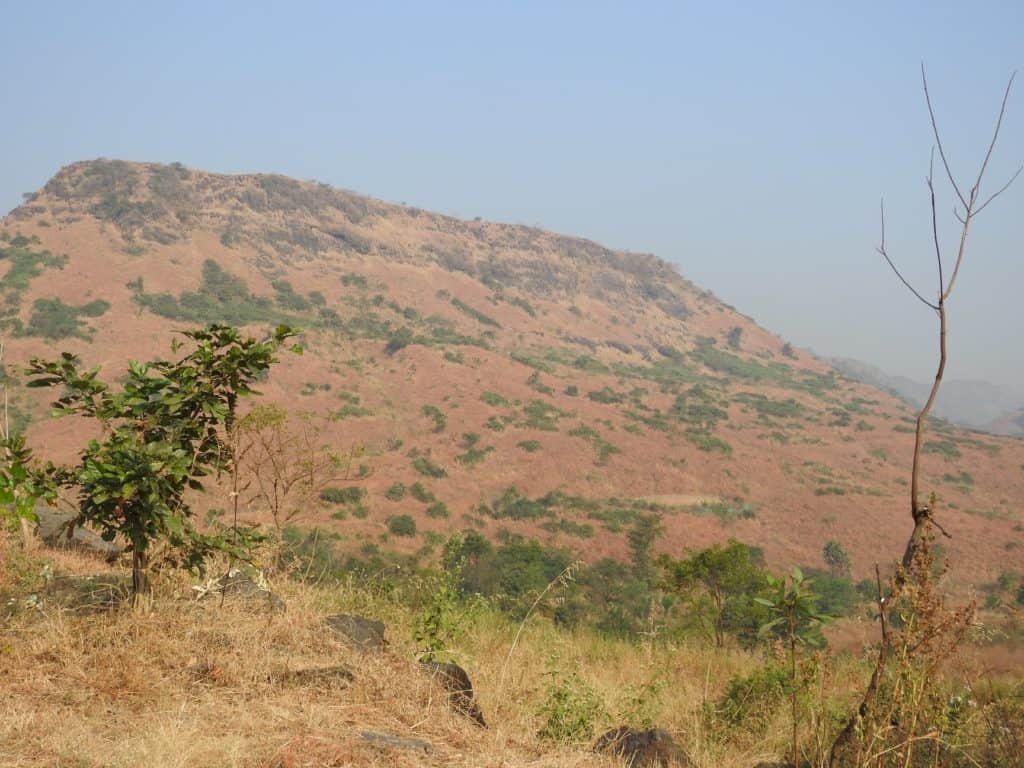
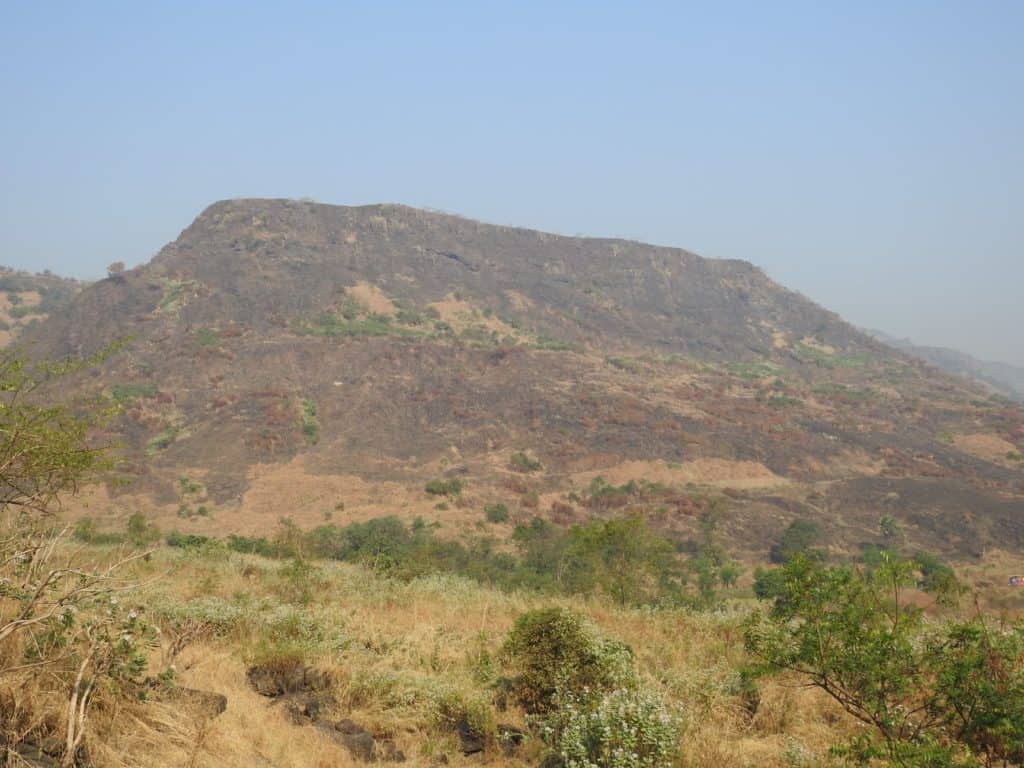
We do not want Kharghar to be an ecological disaster. We do not want the wetlands, mangroves, grasslands and hills to be mercilessly destroyed. The laws that are in place are only on paper. Authorities are blinded to the illegal activities. Blinded by what? We do not know. What we do know is that we, the citizens of Kharghar, will fight to save what we still have.
Also read:
- Photo essay: Flamingo city in Navi Mumbai
- Birdspotting – from dawn to dusk
- VIDEO: There are no fish in the creeks of Mumbai. What this means to the city
- Here’s how we can mitigate the ecological impact of Navi Mumbai airport
- How citizen action saved Lotus Lake in Navi Mumbai
- Finding the hidden birds in urban green spaces
Time is of the essence at this time for Kharghar’s natural front. This article showd that citizens are active in recording the biodiversity and threats to natural places. Citizens actively take part in complaining to relevant authorities and have even done many site inspections with them. But the authorities have failed to take a stern step against such threats. The culprits are easily getting away by doing such acts. A time will come, when there is no nature left in Kharghar, then we will realise where all has gone. It will be too late to wake up. So, we have to act now!
Tarang it’s a wonderful and effective biodiversity preservation efforts you have taken up.Kharghar is beautiful because of the natural scenic beauty…Do continue with this… It will surely bring a change.. God Bless You.
Nicely put up by Tarang. We need to preserve these wetlands, grasslands and hills and protect them from destruction. We are really lucky to have this ecosystem coexisting with urban living.
I am glad that the young generation has taken up the onus of protecting their future and are cognizant of the harm to the environment and as a consequence us. Your pictures are vivid and amazing. Just be sure to stay on guard because they are mafia and could stoop to anything. Bravo .
Hats off to you guys for your efforts in highlighting the deteriorating ecological situation in Kharghar. The most beautiful node of Navi Mumbai is at the receiving end of the callousness of PMC as well as CIDCO. Pictures are self explanatory of the situation. Specifically qurrying sites pics. It is like disfigurement of a beautiful body called kharghar. After the Highcourt banned quarrying on Belapur thane side hills, powerful people started excessively exploiting the kharghar hills. Soon it will disturb panda kada waterfall. Kharghar needs a powerful association to fight back. Get lots of people on board. Appreciate your efforts.
This is very disappointing and disheartening, I am a resident of khargharfor 12 years now, have witnessed these dumping activities myself,will be overjoyed if I can do anything to stop these illegal processes
Very eye opening article about Kharghar, being resident of Kharghar, it’s our duty to come forward to save our ecosystem.
How can we help
Many thanks for spreading awareness about these inhuman and illegal activities against the nature in Kharghar. I have multiple times seen villagers hunting down migratory birds early morning in wetlands near Vastu Vihar, and dumping of debris at this place. For the burning of slopes by the miscreants on the hills, I have called fire brigade several times, but they could not reach with their vehicles to such place. We have to fight collectively against all this.
Thanks
The PMC contractors who ferry garbage are the ones who do this dumping,plus there is a organised syndicate who work during late hours in night . Very soon this ecological sensistive area is going to be a concrete jungle if not regulated. One of the suggestion would be to put up boards or banners everywhere giving a whatsapp number where people can put photographs of areas where such illegal activities are going on and then that can be used to presuurize authorities..would like to help in whatever way I can.
The water bodies near sector 19 are abode of many water birds like little cormorants. Similarly king fisher species have been spotted near Central Park Metro station. There are regular human interference in these areas.
Yes, I am a resident of sector 16, Kharghar. And I witness the cold blooded killing of the nature in broad daylight every day. Please tell us how can we come up together and protest. Cidco a d Panvel Mahanagarpalika, forest department all are sleeping dead.